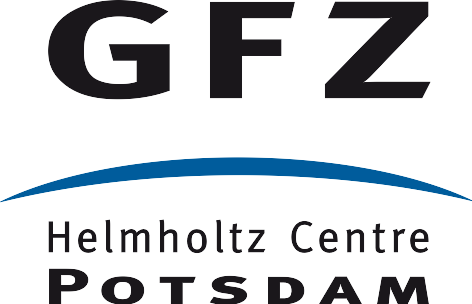In a collaboration with Helmholtz-Zentrum Dresden Rossendorf we will employ artificial intelligence methods to explore the predictability of Earth’s magnetic field changes and the probability for the occurrence of the next reversal.
The novel method to model the global paleomagnetic field developed in a previous project will be extended to accommodate time series of sediment data.
The opticAlly puMped mAgnetometers foR EarTh observaTiOn (AMARETTO) project aims to study the potential of optically pumped magnetometer (OPM) sensors for Earth observation (EO).
Swarm DISC is a consortium of expert partners supporting the exploitation of the Swarm mission.
PITHIA-NRF aims to establish a European distributed network that integrates observing facilities, data processing tools, and prediction models focused on researching the ionosphere, thermosphere, and plasmasphere. For the first time, PITHIA-NRF unites key national and regional research infrastructures on a European scale, providing access to all European researchers.
This project is a part of the European Space Agency's (ESA's) Space Situational Awareness (SSA) programme, which includes the Space Weather (SWE) Segment. The objectives of this project are to coestimation of the definition and development activities within the Geomagnetic Conditions Expert Service Centre.
This project is a part of the European Space Agency's (ESA's) Space Situational Awareness (SSA) programme, which includes the Space Weather (SWE) Segment. The objectives of this project are to coestimation of the definition and development activities within the Ionospheric Weather Expert Service Centre.
On this site you will find some archived projects of the Section 2.3.


